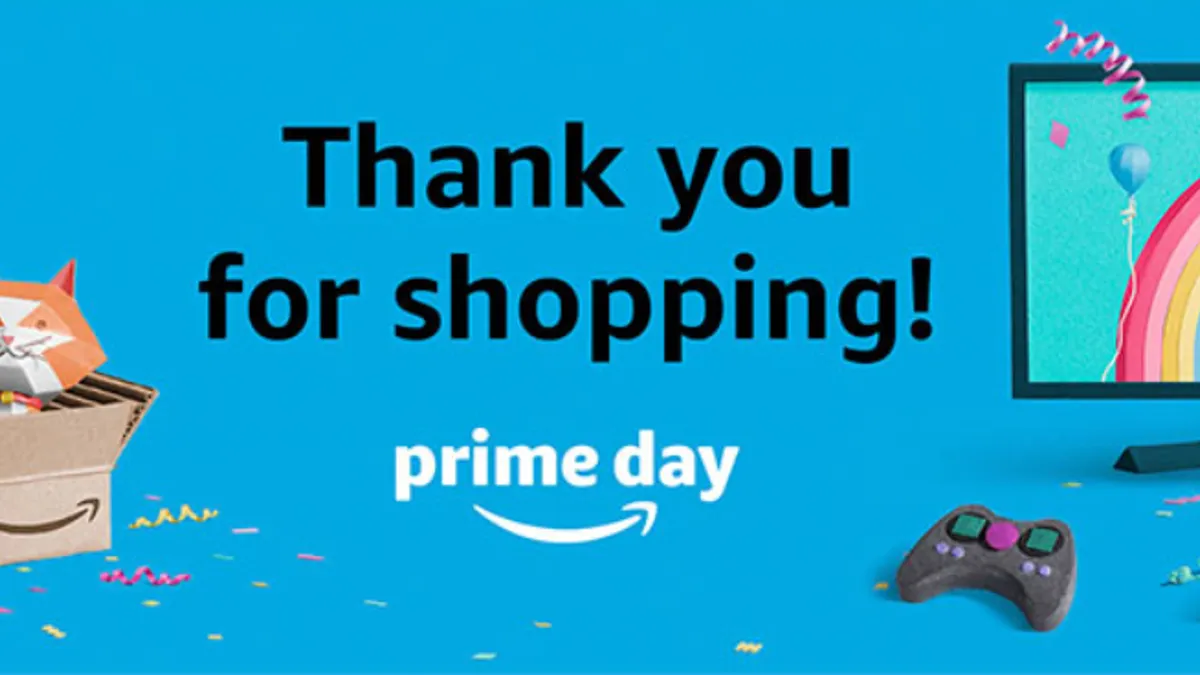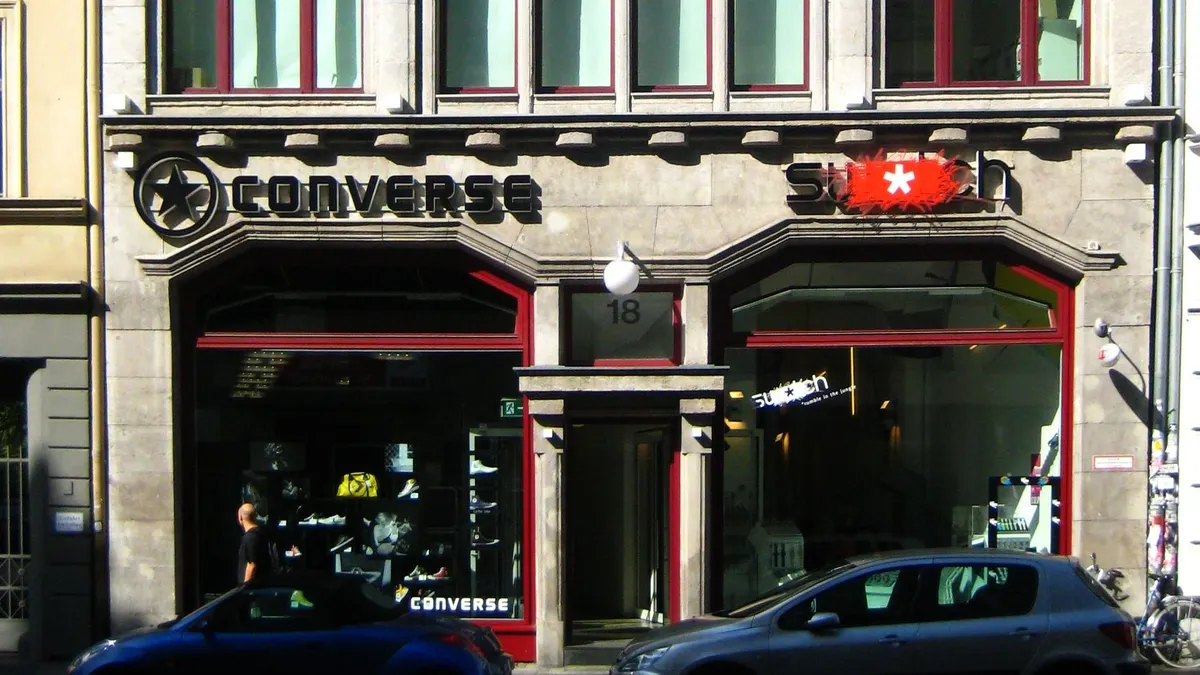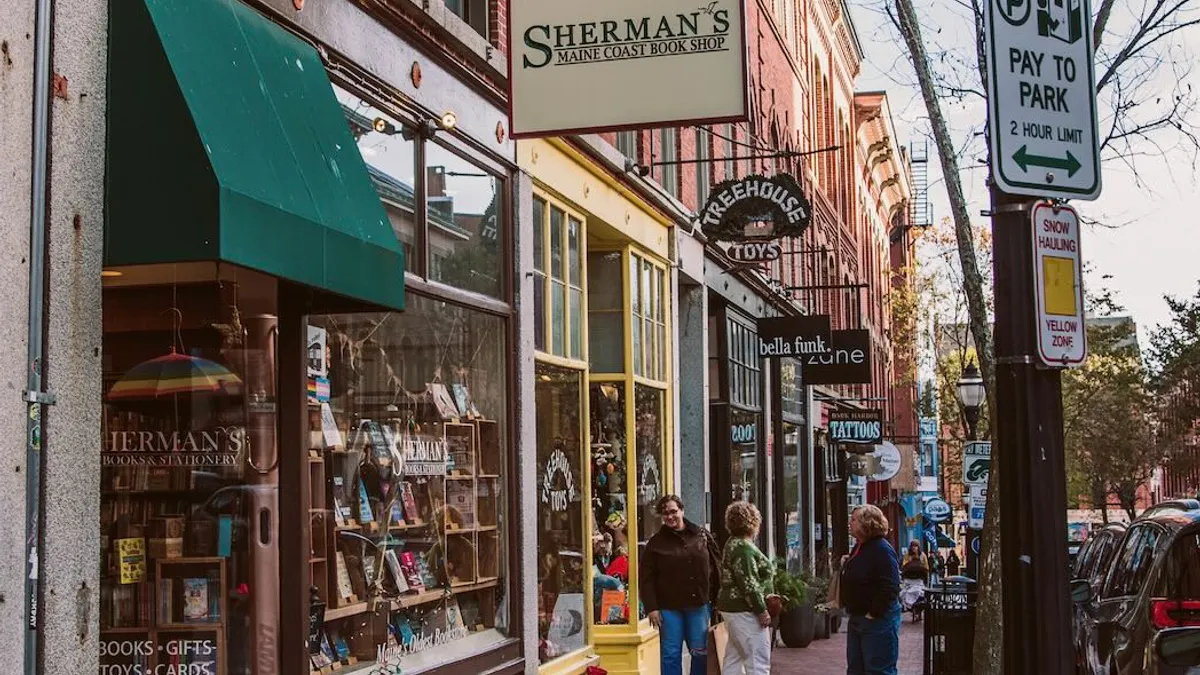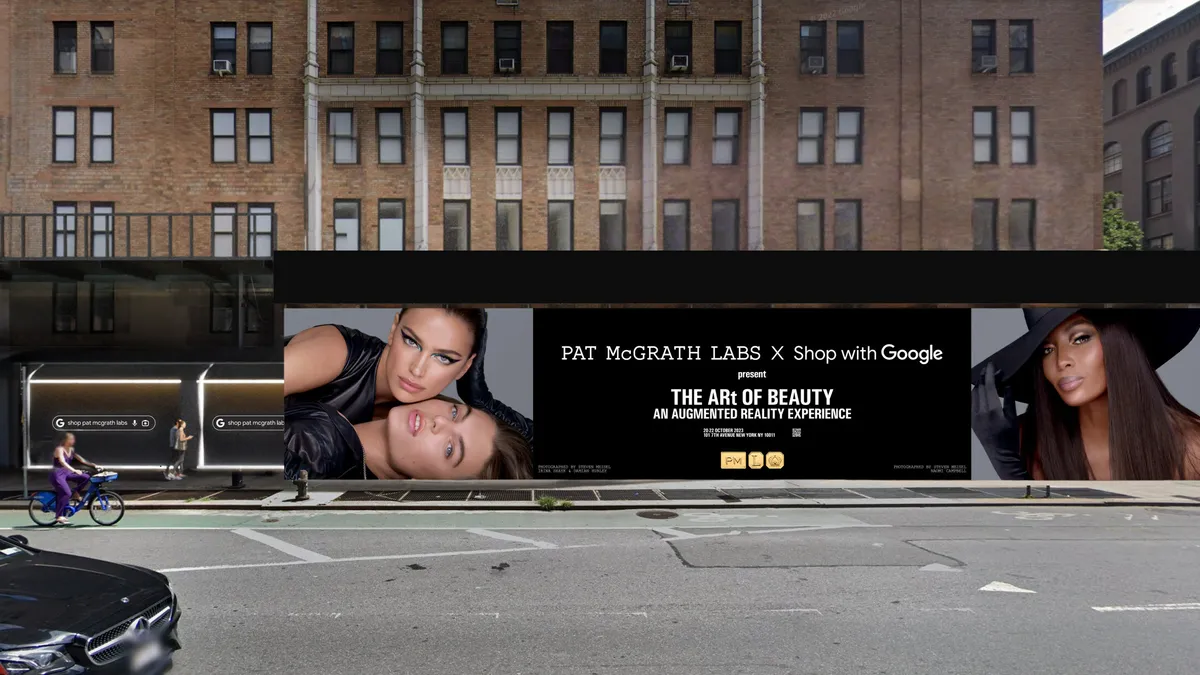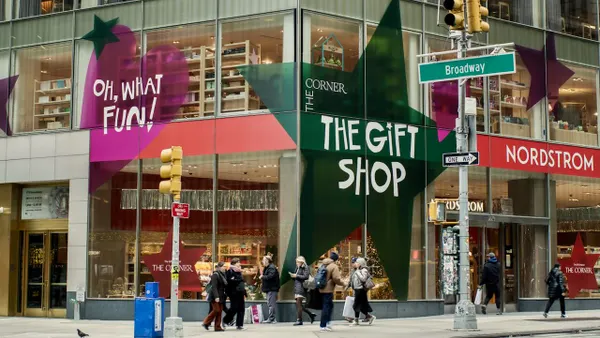Being caught in a never-ending loop of puppy pictures wasn't exactly what shoppers expected out of the first hour of Prime Day 2018.
The fourth annual self-proclaimed shopping holiday got off to a rough start when a glitch from its website made it impossible for many shoppers to browse deals just as they launched. About an hour later, website issues, for the most part, subsided although some still reported issues with the search functions for several more hours.
The technical difficulty — which Amazon chalks up to the flooding number of deal seekers — may have set back sales to the tune of $72.4 million, according to Internet Retailer's estimation. But the e-commerce giant still managed to pull off the biggest Prime Day yet.
Sales in the U.S. were bigger in the first 10 hours than during that time frame last year, Amazon announced in a press release. Cumulative sales for the first 12 hours of Prime Day were up 89% over last year, according to data from Feedvisor. Shoppers were anticipated to spend 40% more, up to $3.4 billion, on Amazon during the 36-hour promotion this year.
Amazon on Wednesday said in a press release that sales this year surpassed Cyber Monday, Black Friday and the previous Prime Day, when comparing 36-hour periods. The company also said that Prime members worldwide purchased more than 100 million products. Bestsellers included the Fire TV Stick with Alexa Voice Remote and the Echo Dot. Prime members also "saved millions of dollars" at Whole Foods, and small and medium-sized businesses selling on Amazon exceeded $1 billion in sales during the promotional period.
A day this big tells the industry a lot about the e-commerce giant's strategy — and what it might have up its sleeve this coming holiday season. Here are the biggest takeaways from Prime Day 2018.
1. Amazon's website crashes too
Without fail, every Black Friday at least one major retailer will experience a website outage due to the influx of shoppers. It's a challenge that not even Amazon could escape this Prime Day.
"While Amazon has done well to cultivate strong brand loyalty through its seamless shopping experience and conveniences like free shipping, this Prime Day 'black eye' will no [doubt] resonate with customers," Jeff Cheal, director of product strategy, personalization and campaign & analytics at Episerver, said in comments emailed to Retail Dive.
"Our experience and research shows that customers are quick to jump ship if an online shopping experience doesn't live up to these new standards, even with sites they are previously familiar with," Cheal said. He has found that over half of consumers will abandon purchases if they can't find what they're looking for.
But other industry experts aren't too worried, saying the glitch didn't do much to dampen shopping over the day and a half.
"Aside from technical mishap, I think in general the shopping experience and the types of products and brands available, was far superior for consumers. So it really does feel like Prime Day has grown up and has become a legitimate shopping holiday," Cooper Smith, director of Amazon IQ Research at Gartner L2, told Retail Dive in an interview.
2. Welcome to Black Friday in July
There's no question that this year's Prime Day was Amazon's biggest. In fact, many are saying it's beginning to look more and more like Black Friday.
In Nikki Baird's eyes, Prime Day has historically been the "worst sidewalk clearance sale ever." But now, the vice president of retail innovation at Aptos said in an interview, Amazon is showing it is focusing on the things that consumers actually want, as opposed to what inventory needs to move out of warehouses.
This year, Amazon expanded its Prime Day offerings far beyond its focus on just consumer electronics. Apparel, footwear, home goods and CPGs were all heavily discounted.
In some ways, Prime Day emphasizes the Black Friday mindset that many retailers are trying to move away from: that products have to be heavily discounted before consumers will buy.
3. Devices are a long-term play
Consumer electronics are of course a staple for Prime Day and this year was no exception. Amazon said it has sold millions of Alexa-enabled devices. The Echo Dot, Echo Spot, Echo Look, Fire TV Stick with Alexa and Kindle readers were among some of the best deals, ranging from 30% to 50% off.
These are part of Amazon's play for sales growth in the long term, Baird said. "If they sell a ton of Echos then as consumers move into voice ordering it benefits Amazon. If they buy more Kindles, as they start using them it benefits Amazon."
But it's more than just selling devices. These products also play into Amazon's ambition to rival Google for domination of the smart home market.
4. Private labels are Amazon's secret to big discounts
Private labels were front and center this year with more brands than ever.
"Since last Prime Day, the number of brands Amazon operates more than doubled," Smith said, adding that the company now has over 80 private labels across a number of categories but heavily invested in fashion.
These private labels were given some of the best real estate on the homepage. "I think the reason Prime Day will be more successful than other promotions is that Amazon is able to discount and slash prices of a far greater number of products thanks to its expansive private label investment over the past year. The best deals on Amazon during Prime Day are going to be private label products," he said.
Smith added that it's easier for Amazon to heavily discount because of how it operates its supply chain and because private label products like devices, for example, have higher margins.
AmazonBasics, the classic private label brand, offered 30% off deals on 53 items. Meanwhile, Home Services was 30% off, home security products were $50 off, furniture and decor was 30% off and fashion had the highest discounts of up to 50%, according to data emailed to Retail Dive from Boomerang Commerce, an AI software company for brand manufacturers.
5. Big-box retail is winning Prime Day too
This year, more than half (54%) of retailers staged their own "one-day" or "this week only" digital sales to compete with Prime Day, according to RetailMeNot, although most have been careful not to play off of Amazon's holiday name.
"Everyone benefits," Baird said. "July is a clearance month straight up." It's the time of year when retailers are trying to push out summer inventory and make room for back to school and holiday.
Target, in particular, reported its best day of the year, the company said in a press release on Wednesday, adding that employees are picking and shipping millions of items to be delivered this week. Nearly 90% of Target.com orders will be fulfilled by Target stores, reflecting Target's push to double down on the advantage of its store fleet. The company has also taken the opportunity to use deals as a way to spur early back-to-school shopping, giving teachers 15% off select school supplies all week.
Unfortunately for small brands, Prime Day is becoming more of a pay-to-play event, but at least that's good news for big retail.
Editor's note: For more takeaways on Amazon Prime Day 2018, listen to our podcast episode on the topic.

